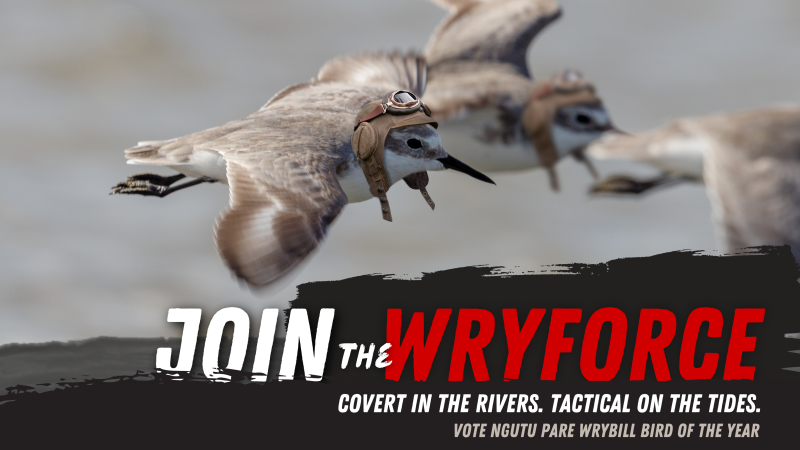
VOTE NGUTU PARE WRYBILL
for BIRD OF THE YEAR 2025
This tiny, tactical, fluffy and highly skilled force are fighting for their survival on the braided rivers and tidal mudflats from attacking sky and ground forces, flooding and four wheelers.
As nature’s covert specialists, they are born excellent at camouflage on the braided rivers, soon learn to use their bill multi-functionally like a Swiss army knife, learn to fly in tightly manoeuvring group flights for #safetyinnumbers and complete significant flight missions migrating hundreds of kilometres from the braided rivers of the South Island to the dynamic mudflats of Pūkorokoro Miranda and Manukau, where they continue their delicate mission: survival.
Why this bird, this campaign, and why now?
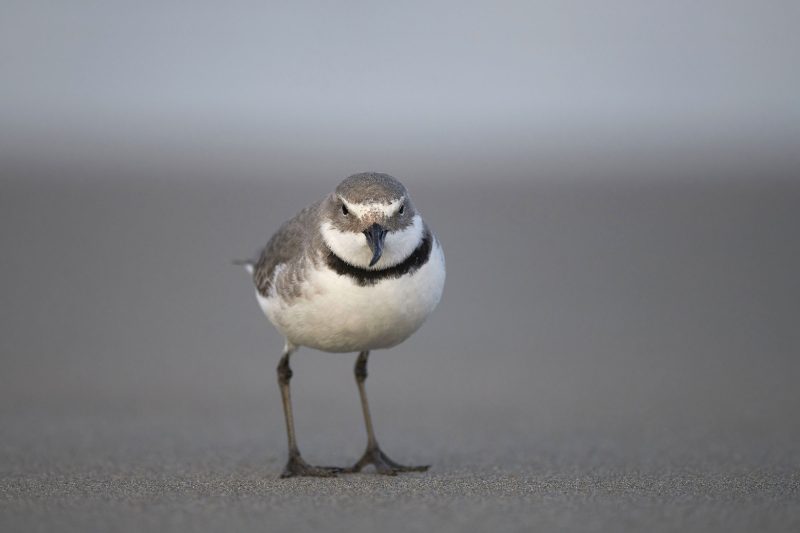
Photo credit: PMNT
50 years of protecting shorebirds — this year the Trust behind the Pūkorokoro Shorebird Centre celebrates its 50th anniversary. As we host roughly half of the Wrybill population in Winter, we want to use this milestone to draw attention to this beautiful tiny endemic bird that migrates within the country.
Bi-habitat national survival story — to complete its lifecycle this bird requires two dramatically different threatened ecosystems, one in the South Island and one in the North Island.
Tactical survival — Covert ops is a reflection of their skills used in their real-life, delicate, life-or-death fight for survival such as their cryptic and camouflaged nesting behaviour and dazzling flight coordination.
Place-based environmental understanding — braided rivers are ecologically critical but not widely enough known. We also need to protect our estuaries and tidal flats. It is important to talk not only about the bird, but the entire ecosystem.
Find out more here:
Why Ngutu Pare Wrybill?
Two essential habitats
Breeding Habitat – Braided Rivers
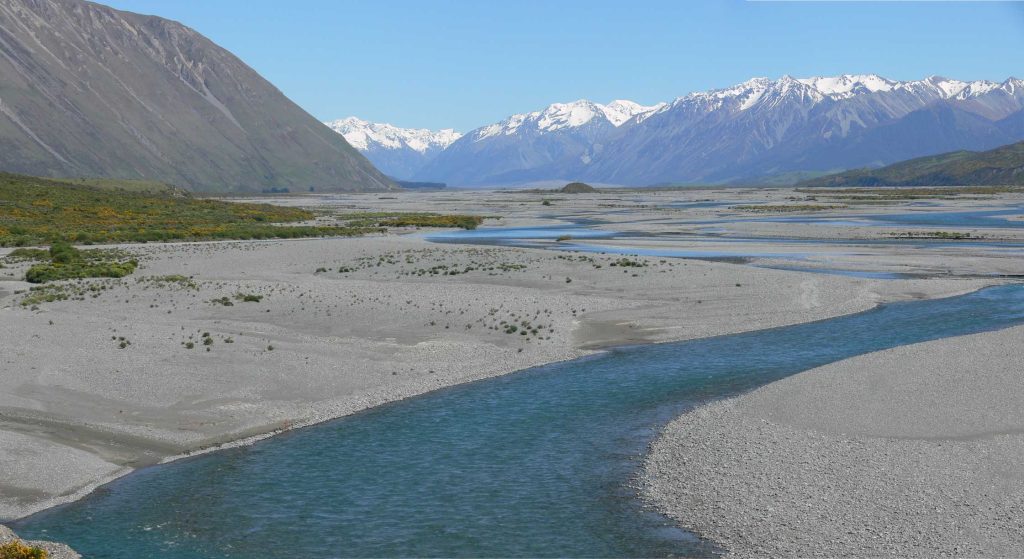
Why Braided Rivers Matter:
These wide, shifting riverbeds are the only places wrybills can safely breed. But floods, predators, and land use changes wipe out nests every year. Floods they are used to, the other pressures not so much. Without safe breeding zones upstream, we lose them downstream.
Partners & Ground Crew:
Click here to learn more about all the fantastic organisations in the South Island that are guardians protecting their breeding habitat, and join in to be part of the solution to protecting our taonga manu. #JointheWryforce!
Intertidal Mudflats – Winter Habitat
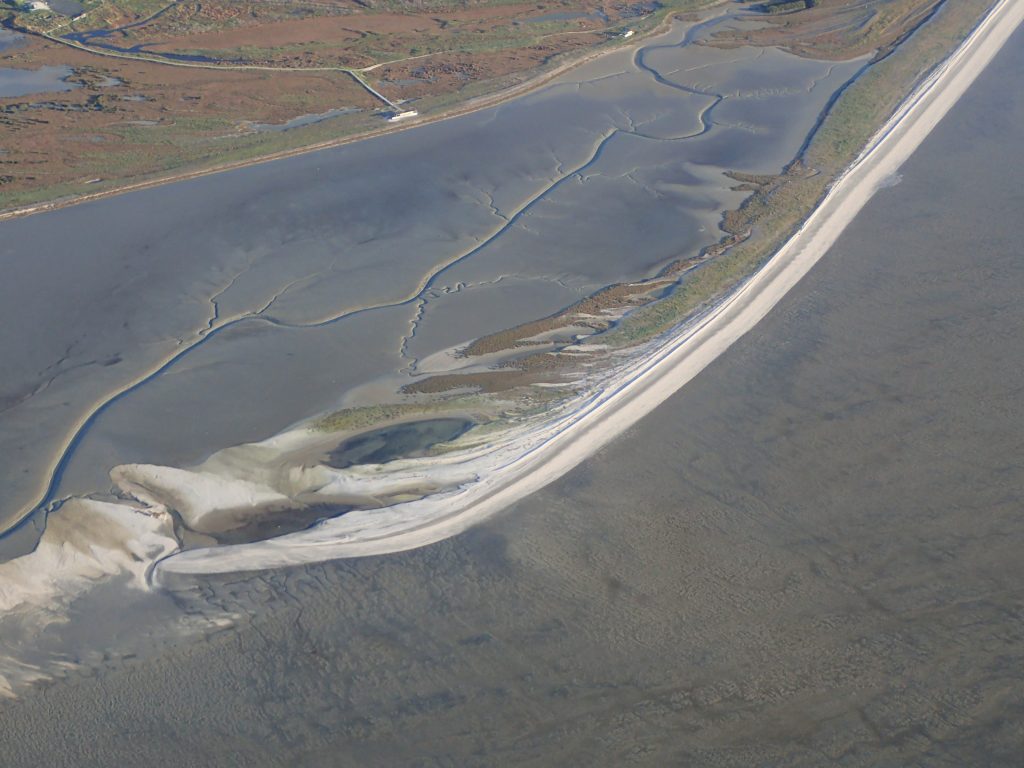
Why Mudflats Matter:
Pūkorokoro Miranda is one of their most vital stopovers. Without rich estuarine feeding grounds, these birds can’t make a living, or complete their journey back to the river beds to raise their chicks.
Each year, from late December to August, Pūkorokoro hosts a flock of 2,000 Ngutu Pare Wrybill, which is nearly half the world population.
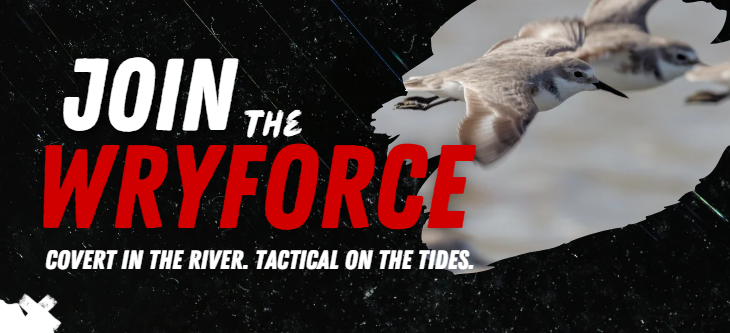
How you can help
- Vote for the Ngutu Pare Wrybill
Voting open September 15 – 28 - Tell a friend or neighbour – many people have never heard of this amazing little bird!
- Print or share a poster in your local café, shop, or library: Download here
- Sign up to our newsletter for updates and learn more about the Wrybill’s incredible journey.
- Support our work to protect nesting sites on braided rivers and feeding grounds at Pūkorokoro
